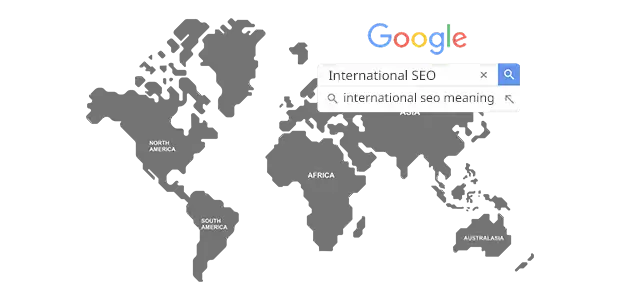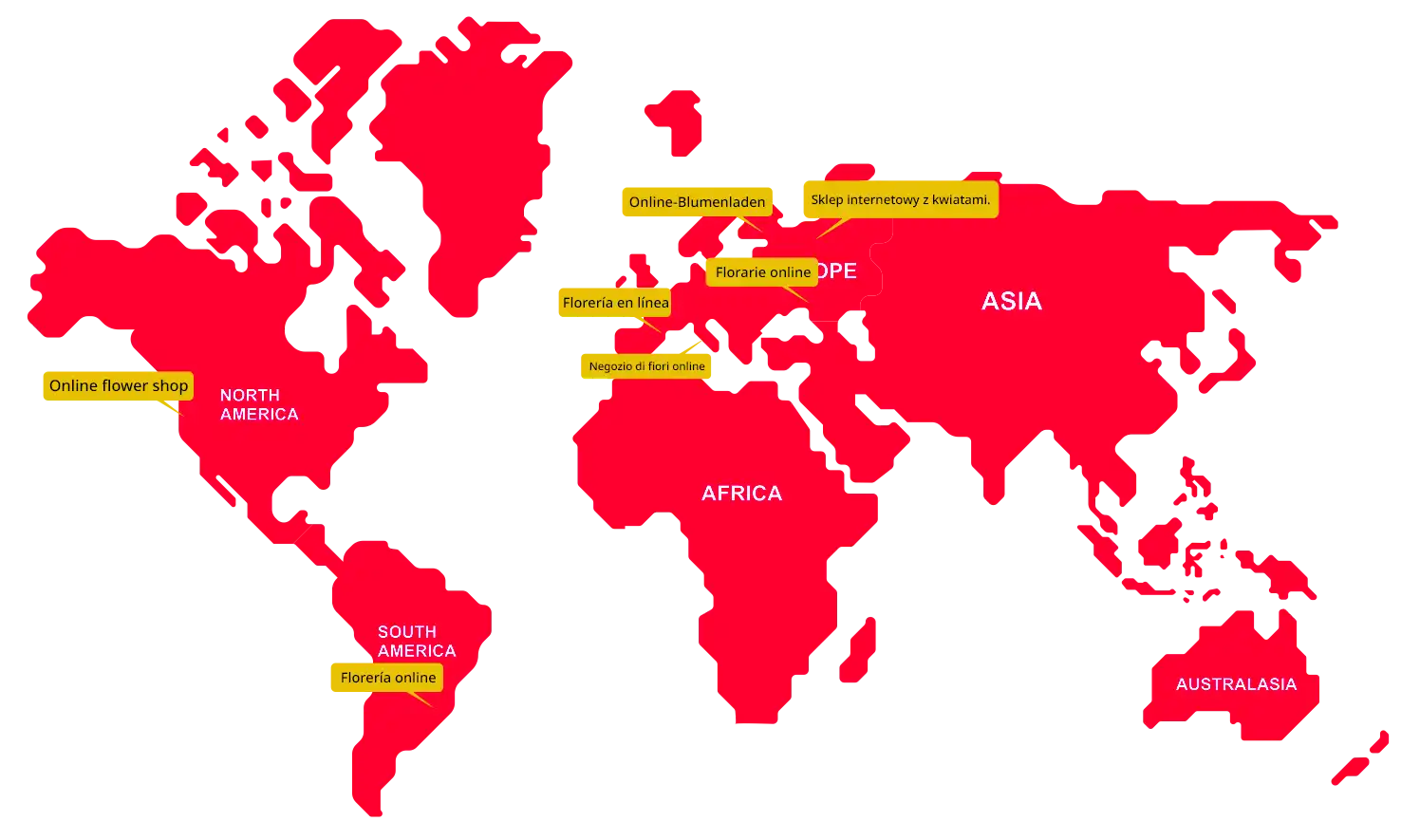How to do International SEO, tips and tricks
International SEO entails optimizing your website to target specific countries and languages for your business, allowing search engines to easily identify and rank your website.

What exactly is international SEO?
Is it time to expand internationally? Understanding International SEO…
If you notice that a large percentage of your website visitors come from different countries or speak different languages, it may be time to consider optimizing your website for international visitors. This is known as international SEO, and it entails making changes to your website to provide a better experience for visitors from various countries and languages.
International SEO is similar to geotargeting in that you optimize for different countries and languages rather than just local traffic.
There are three key steps to creating a fully internationalized site:
- With an international-friendly URL structure, specify your target country and/or region (country targeting).
- Language tags (language targeting) are used to determine which language your pages are targeting.
- To improve your website’s ranking, create and maintain content in the language(s) of your target users.
However, you may only want to target a specific language or country at times. You may only need to work on one or two of the three steps in these cases. For example, if you own an online clothing store that sells T-shirts with Spanish slogans, you might want to target the Spanish language rather than any specific country.

Understanding URL Structures for International Search Engine Optimization
When it comes to international SEO, one of the most important considerations is the URL structure of your website. There are several options available to webmasters, each with its own advantages and disadvantages.
In this article, we’ll look at the most common URL structures for international sites, such as using a country code top-level domain (ccTLD), a subdomain, a subdirectory, or subfolder, a generic top-level domain (gTLD) with language parameters, or a completely different domain name.
We’ll explore the pros and cons of each approach and discuss how search engines interpret each structure.
Pros and Cons of Different URL Structures for International SEO
Before choosing a URL structure for your international site, it’s important to understand the pros and cons of each option. For example, using a ccTLD can be a good way to target a specific country, but it can also be expensive and difficult to manage multiple domains.
Similarly, using a subdirectory can be a cost-effective way to create an internationalized site, but it may require more technical expertise to implement correctly.
To help you choose the right structure for your site, we’ve created a table that looks at the different URL structures available and how search engines interpret each one. We’ll also discuss Google’s recommendations for organizing your site’s hierarchy to make it easy to crawl and intuitive for users.
Best Practices for Structuring Your Site for International Search Engine Optimization
No matter which URL structure you choose, there are some best practices you should follow to ensure your site is optimized for international SEO.
For example, it’s important to clearly specify your target country and language using the appropriate tags and attributes in your HTML code. You should also create and maintain content in your target users’ language(s), as this is a key factor in ranking well in international search results.
In addition, Google recommends organizing your site’s hierarchy in a similar way across all sections of your site, to make it easier for both users and search engines to navigate.
By following these best practices and choosing the right URL structure for your international site, you can improve your visibility in global search results and create a better experience for your international visitors.
Best Practices for Language Targeting Your Website
To indicate to search engines the languages your website or website pages are available in, you can use hreflang or language meta tags. These bits of code show which languages your content is available in. For example, the following hreflang tag tells Google that there is an alternate version of the content available in French at the provided link:
Example hreflang tag:
<link rel=”alternate” href=”http://example.com/fr” hreflang=”fr-fr”/>
Here are a few other best practices for language targeting:
-
- Ensure that everything on your website, including navigation, content, and help desk, is in the primary language of the region you’re targeting.
-
- Avoid using machine translations as they are often inaccurate.
-
- Don’t automatically redirect users to a different language based on their location. It’s okay to suggest an alternate language site, but without asking, you don’t know if an English-language searcher in France is an expat, a foreign language student, or someone who’s lost on the internet.
-
- Refrain from using cookies or scripts to display different language versions of a page. Search engines can’t crawl this type of dynamic content, and human users may not be able to see it either.
Tailoring content to the language and culture of users for international SEO
Use their local language, currency, and timezone, and provide contact information such as addresses and phone numbers that are specific to their region, to ensure your website provides information that resonates with your target audience. When creating the design and content for your website, keep cultural differences in mind.
Color, layout, and humor style can all be perceived differently in different parts of the world.
You increase the chances of creating a positive user experience by clearly communicating that your website is tailored for them. However, it’s important to note that when done correctly, international SEO should be nearly invisible to users. Users should be able to access relevant content in their language and region without encountering any technical difficulties.
Hosting your site on a local IP address, linking to local content, building links from local resources, and ranking on local search engines like Yandex in Russia and Baidu in China are all SEO signals that show search engines that your site is targeted to a specific country.
When addressing a specific country, a country code top-level domain (ccTLD) is frequently the best option. However, if you are only interested in language targeting, a ccTLD may not be the best choice.
In this case, using other internationalization techniques such as hreflang, subfolders, or subdomains may be more appropriate. Before making your choice, consider the pros and cons of using subdirectories versus subdomains.
Keep learning about International SEO
-
- The Guide to International SEO – Just getting acquainted with international SEO? Start here.
-
- The International SEO Checklist – Aleyda Solis walks you through everything you need to know to get started with international SEO.
-
- Top 15 Myths for International SEO – Kaitlyn presents the story of how international SEO has evolved over the years and digs into what and what not to worry about in this process.